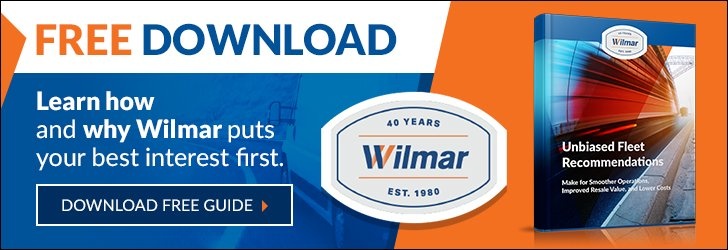
As your vehicle lease term approaches its end, understanding your options and responsibilities can help you make informed decisions. Here's a comprehensive guide on what to expect and how to proceed when your lease concludes.
1. Understanding Your Lease Terms
Before diving into options, review your lease agreement. It outlines:
- Mileage allowance: How many miles you're allowed to drive without incurring additional fees.
- Vehicle condition: Standards for returning the vehicle in acceptable condition.
- End-of-lease fees: Any potential charges for excess wear, mileage, or other conditions.
2. Your End-of-Lease Options
a. Returning the Vehicle:
Steps to Take:
- Schedule a pre-inspection to avoid surprises at the final turn-in.
- Address any repairable wear or damage to minimize charges.
Considerations:
- Excess Mileage: If you've exceeded the mileage cap, expect a fee per extra mile. For example, if your lease allows 36,000 miles over three years and you've driven 40,000, you'll be charged for each mile over the limit.
- Vehicle Wear and Tear: Normal wear is expected, but significant damage or excessive wear might lead to charges. Scratches, dents, or interior stains could be costly.
b. Buying Out the Lease:
How It Works:
- You have the option to purchase the vehicle at a pre-agreed "residual value" or buyout price.
Benefits:
- No need to negotiate a new car purchase; you already know the price.
- Avoid potential end-of-lease fees if you're happy with the vehicle.
Considerations:
- If the market value of the car exceeds the buyout price, it's a good deal. However, if the market value is lower, it might not be financially wise.
c. Lease Extension:
What It Involves:
- Temporarily extend your current lease terms, often month-to-month or for a set period.
Pros:
- Provides time to decide without immediate pressure or to wait for a better deal or new model.
- Keeps you in a familiar vehicle without the hassle of immediate paperwork.
Cons:
- Might be more expensive than entering a new lease or buying, as you're essentially paying rent on the car.
- Not always available with all leasing companies or might come with new conditions.
3. Preparation for Lease End
Final Inspection:
- Schedule this with your leasing company or a third-party inspector. This inspection can catch issues you might not have noticed.
Gather Documentation:
- Collect all maintenance records, repair receipts, and documentation of any pre-existing conditions at lease start.
Understand Charges:
- Be prepared for potential charges for excess wear, mileage, or missing parts like floor mats or manuals.
4. Making Your Decision
Assess Your Situation
- If you love the vehicle and it fits your needs, buying might be the best option.
- If you're ready for an upgrade or want to avoid potential buyout costs, returning or extending might be better.
Consider Market Conditions:
- Check the current market value of your leased vehicle. If it's high, buying might be advantageous. If low, returning might save money.
Financial Implications:
- Calculate the cost of buying versus leasing again or extending. Factor in maintenance, insurance, and your financial situation.
Conclusion
The end of your lease term doesn't have to be daunting. By understanding your options, preparing for inspections, and considering both the economics and your personal needs, you can navigate this process smoothly. Whether you decide to return, buy out, or extend your lease, each path offers unique benefits depending on your circumstances.
Remember, communication with your leasing company and thorough preparation are key to avoiding surprises and ensuring a hassle-free transition.








